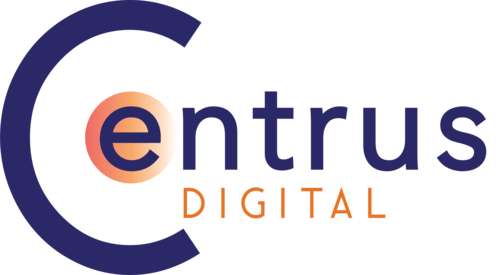From the start, website analytics has given marketing organizations the ability to go behind the scenes to find out what happens when a visitor enters a website. Early analytics products used “cookies” along with JavaScript technologies for tracking individual user browsing. This was a widely accepted practice in collecting anonymized data, but some services went even further by compiling a complete dossier of an individual’s visit if they submitted a web form. In those early days, it was really insightful to see what they were doing when they came to your website, but it did feel creepy.
Over time, these early pioneers who pushed the boundaries of user privacy have faded away or dropped these “features” to avoid the label of spyware. From Google’s purchase of Urchin in 2005, they have continued to invest and evolve web analytics, creating the gold standard in best practices for website tracking. What they do in regards to data privacy and tracking set the standards for the whole industry. And what Google would like to see is a cookie-less future.
How should organizations balance the changes in user privacy demands and your desire to ensure effective advertising spending? Consider implementing the following five steps:
Embrace the Gorilla
Both Google and Facebook will lead the charge in data privacy and have the most to lose if their practices are not acceptable. Rely on their technologies as a basis for your website tracking, such as Google Tag Manager, Google Analytics (GA4 recommend) and the Facebook pixel. This ensures they are viewed as first-party cookies which is acceptable by key browsers in the future.
Specific Recommendation: When using third-party website add-ons or tracking tools, be sure they support or play nicely with Google Tag Manager and/or Analytics.
What are Insights and why should I pay attention to them?
From a review of GA4, the latest Google Analytics technology, you may come away with the feeling there are a lot fewer options. We believe this is intentional as their goal is to reduce the collecting of tracked information that comes “out of the box”, and make that a responsibility of the website owner. Of course, this does not mean a website conversion can not be recorded, for this will remain critical in documenting ROI in advertising campaigns. With that in mind, conversions and events that are associated with the life cycle of a visit will provide valuable insights.
Specific Recommendation: Take an inventory of all of your desired marketing triggers that align with your business objectives and assign a monetary value. This will help you weed out events or conversions that don’t bring a positive result to your organization.
Get Comfortable with Attribution Based on Assumptions
Attribution tracking based on cookies was never really accurate as there are too many variables with the exchange of cookies from browser to browser or device and was often flawed. As Google moves away from reliance on cookie technology, their machine learning will play a more important role in assigning attribution to assist conversions. Even as this technology evolves and improves, it will be at some point, just an assumption. Understanding the role of attribution in assisting conversions becomes critical in measuring the success of a marketing channel.
Specific Recommendation: Avoid “last click” conversion thinking. The last click that may have generated the conversion was not solely responsible for the success of that campaign. If you’re using Google Ads, it’s relevant to change the default attribution setting from the last click to something more appropriate for your business, such as position-based or time delay.
Start Building Your Own Audiences
One of the earlier and most successful audiences to be used in Google ads was the remarketing or retargeting of prior website visits. This relies heavily on cookies, so if your marketing efforts found success in this technique, be prepared to consider a backup plan. Choose instead, a remarketing strategy that is based on data sources that align with your persona identification and website browsing behavior. This can be done through a technique we call hyper targeting that combines a range of public data, current & past customers, that are assigned to a specific geo-location.
Specific Recommendation: Take an inventory of the Geo-locations of your current customer base and start defining those as an audience within Google Analytics. Or better yet, contact us for more information on how hyper-targeting can help you.
Measure a Quality Lead by a Sales Standard
As the prior steps will help define a better marketing qualified lead, it’s still necessary to confirm if this an actual sales opportunity. Here’s what we call the hard rock-breaking work, establishing the connection between the marketing qualified leads to a CRM system such as salesforce.com. Each marketing channel such as paid search, email, or social has its own unique characteristics as to its ability to influence the lead quality. Along with the individual value placed on conversion, it’s also important to consider the channel’s overall influence. For example, paid search ads are better at addressing a direct need, while Facebook ads are better at generating awareness.
Specific Recommendation: Ensure the technical integration between a marketing qualified lead that becomes a sales qualified lead is being tracked. Not just the channel, but also the specific ad group that generated the lead is important to further improve and optimize your efforts.

